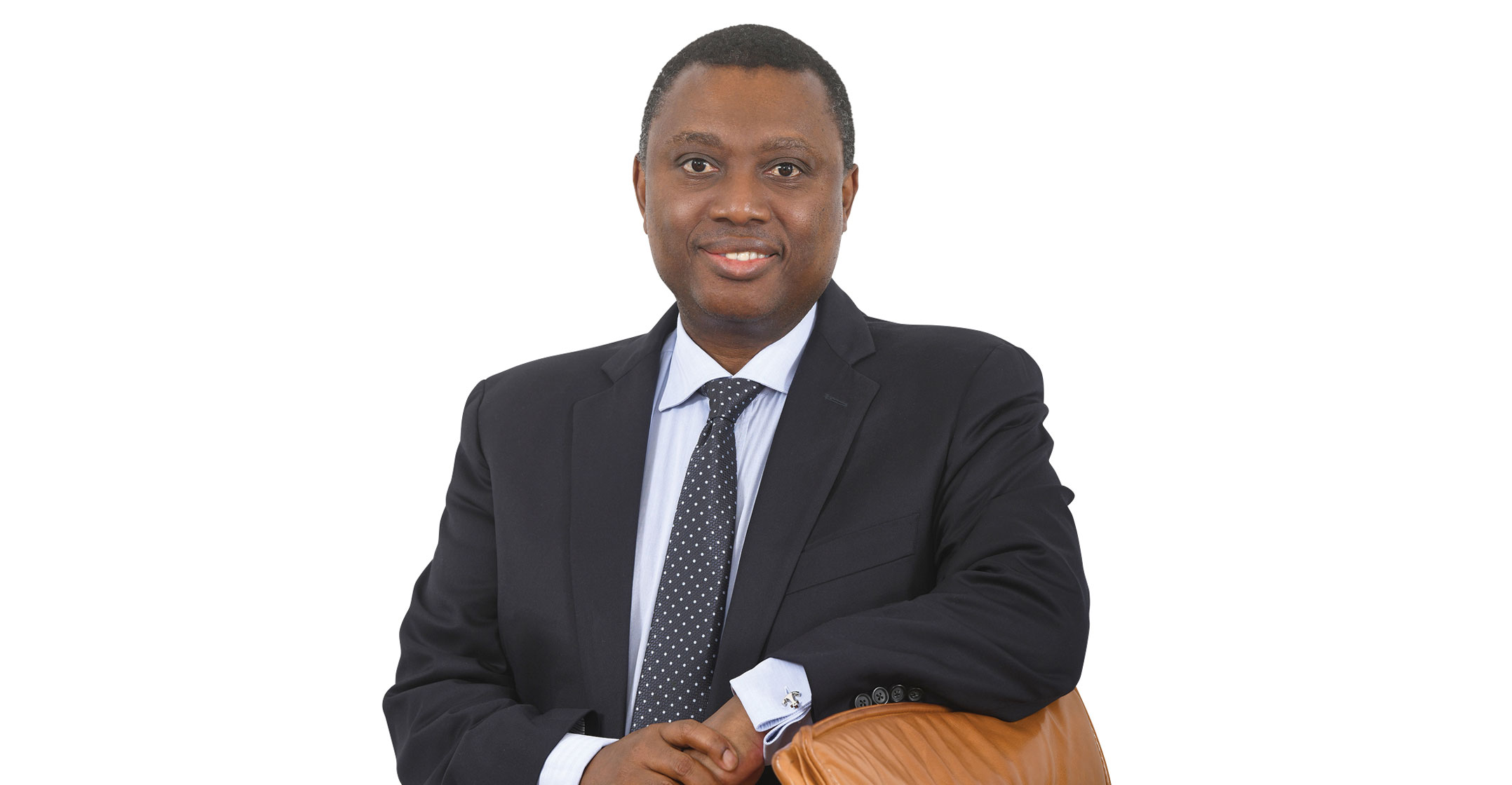Standard Bank will within years transform into a marketplace where clients can also access rivals’ products and a variety of services beyond just banking, it said on Friday, targeting substantial growth in profitability and revenues by 2025.
Standard Bank said it is aiming for a return on equity — a key measure of bank profitability — of up to 20% by the middle of the decade from around 13% currently, while revenues will grow by between 7% and 9% annually.
This will in part be driven by shifting to the new model, also adopted by South African rivals like FirstRand, whereby it will act as a platform for other products and services that complement its own — an approach pioneered by technology firms like Amazon.com.
Banks in South Africa and beyond have been moving towards a platform approach in hopes of finding new revenue streams, combating threats from new (often digital) players and responding to changing consumer preferences or regulatory change.
CEO Sim Tshabalala said in areas such as housing, agriculture and trade, it will seek to operate as a “mall” where individuals or businesses can access any product or service they need. For the former, that could mean finding a surveyor or a renovations company.
Telecoms threat
“We look forward to a time when … rivals’ products jostle against our own in our mall,” said Tshabalala, who added that without the change Standard Bank would be left behind and likely lose clients, revenue and returns.
Standard Bank will also take a number of steps to fend off competition from mobile operators like MTN, which are increasingly muscling onto its turf. For example, it plans to expand its own mobile money offering Unayo across Africa.
Its consumer and high-net-worth division, which has lost customers in South Africa in recent years, wants to grow its client base to more than 25 million customers in Africa over the same period.
The unit is targeting annual revenue growth of 6-8% by 2025, the same as its wholesale unit, which serves large corporates and institutions, compared to 8-10% in its business bank.
Group wide, the bank is looking to cut its cost-to-income ratio to about 50%, from 58.3% currently, by growing group revenues and keeping cost growth at around 4-5% annually.
Its current targets reflected a period of recovery from the pandemic, chief financial officer Arno Daehnke said, adding it will look to set more ambitious aims beyond 2025 when the platform model will be contributing more to revenues. — Reported by Emma Rumney, (c) 2021 Reuters



 The unit is targeting annual revenue growth of 6-8% by 2025, the same as its wholesale unit, which serves large corporates and institutions, compared to 8-10% in its business bank.
The unit is targeting annual revenue growth of 6-8% by 2025, the same as its wholesale unit, which serves large corporates and institutions, compared to 8-10% in its business bank.